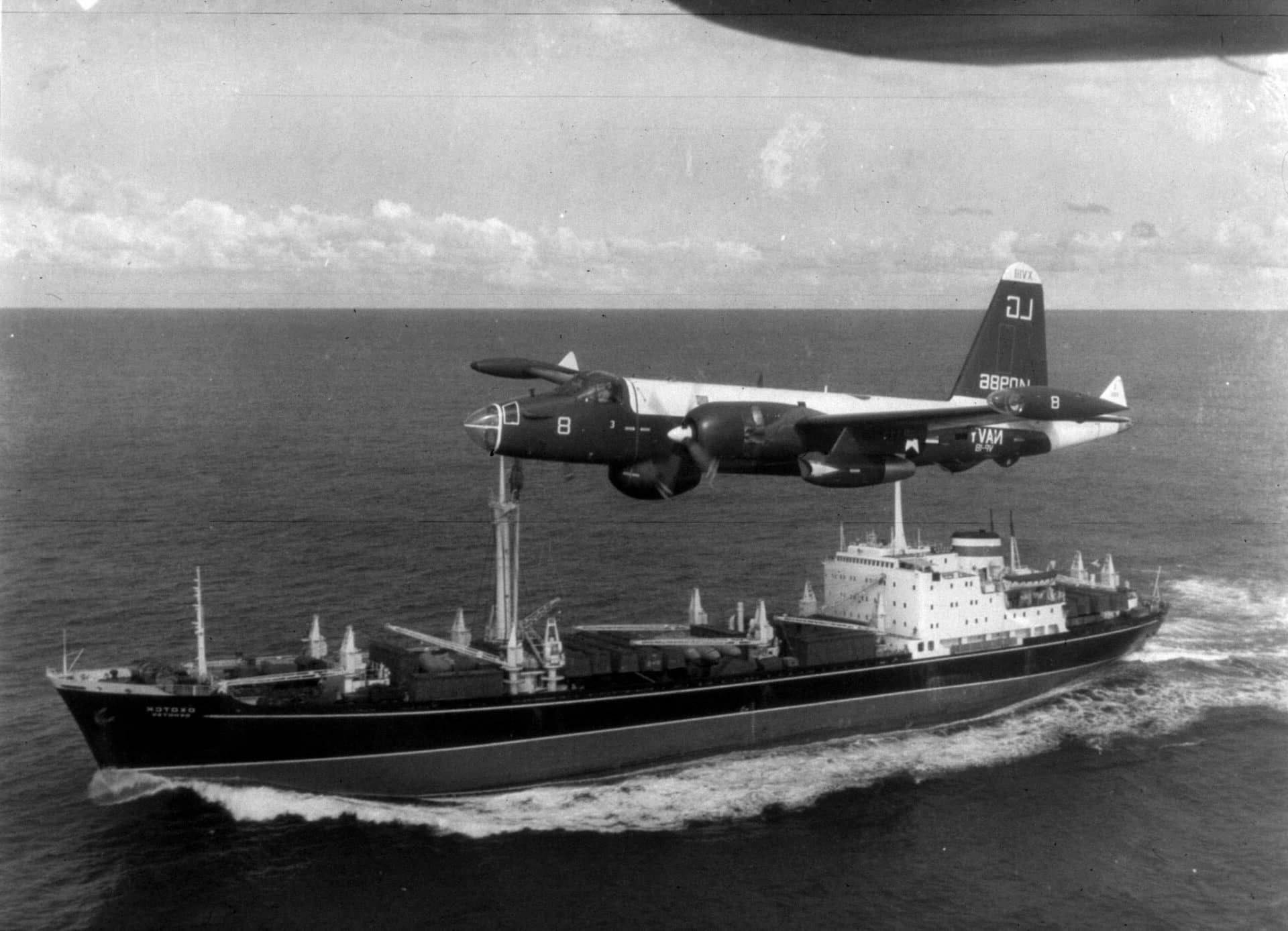
The Cuban Missile Crisis was a tense 13-day standoff in October 1962 between the United States and the Soviet Union over the installation of nuclear missiles in Cuba. This confrontation brought the world to the brink of nuclear war. Why did this happen? The Soviet Union wanted to bolster its strategic position by placing missiles close to the U.S., while the U.S. aimed to prevent this threat. What was the outcome? After intense negotiations, both superpowers agreed to remove their respective missiles from Cuba and Turkey, averting disaster. This crisis highlighted the importance of diplomacy and communication in resolving international conflicts.
The Cuban Missile Crisis: A Tense Standoff
The Cuban Missile Crisis was a 13-day confrontation between the United States and the Soviet Union in October 1962. This event brought the world to the brink of nuclear war. Here are some fascinating facts about this critical moment in history.
- The crisis began when American spy planes discovered Soviet missile sites in Cuba.
- President John F. Kennedy addressed the nation on October 22, 1962, revealing the presence of Soviet missiles.
- The U.S. imposed a naval blockade around Cuba to prevent further Soviet shipments of military equipment.
- Soviet Premier Nikita Khrushchev initially denied the presence of missiles in Cuba.
- The crisis was the closest the Cold War came to escalating into a full-scale nuclear conflict.
Key Players and Their Roles
Understanding the key figures involved helps grasp the gravity of the situation. These leaders made crucial decisions that shaped the outcome.
- John F. Kennedy was the U.S. President during the crisis.
- Nikita Khrushchev led the Soviet Union.
- Fidel Castro was the Cuban Prime Minister who allowed Soviet missiles on Cuban soil.
- Robert F. Kennedy, the U.S. Attorney General, played a significant role in negotiations.
- Anatoly Dobrynin, the Soviet Ambassador to the U.S., was a key diplomat during the crisis.
The Brink of Nuclear War
The world watched in fear as the superpowers stood on the edge of nuclear war. Here are some intense moments from those 13 days.
- U.S. military forces were placed on DEFCON 2, the highest alert level ever reached.
- Soviet ships approached the U.S. blockade line, risking direct confrontation.
- A U-2 spy plane was shot down over Cuba, escalating tensions.
- Secret negotiations took place between the U.S. and Soviet Union to find a peaceful resolution.
- The crisis ended on October 28, 1962, when Khrushchev agreed to remove the missiles.
The Aftermath and Lessons Learned
The resolution of the Cuban Missile Crisis had lasting impacts on international relations and nuclear policy.
- The U.S. secretly agreed to remove its missiles from Turkey as part of the resolution.
- A direct communication line, known as the "Hotline," was established between Washington and Moscow.
- The crisis led to the signing of the Nuclear Test Ban Treaty in 1963.
- Both superpowers realized the importance of better communication to avoid future conflicts.
- The Cuban Missile Crisis is often cited as a pivotal moment in the Cold War.
Cultural and Historical Impact
The Cuban Missile Crisis has been depicted in various forms of media and remains a significant historical event.
- The crisis has been the subject of numerous books, films, and documentaries.
- It highlighted the dangers of nuclear proliferation and the need for arms control.
- The event is studied in history and political science courses worldwide.
- It demonstrated the importance of diplomacy and negotiation in resolving international conflicts.
- The Cuban Missile Crisis remains a powerful reminder of the potential consequences of nuclear war.
The Cuban Missile Crisis in Perspective
The Cuban Missile Crisis was a pivotal moment in history. It brought the world to the brink of nuclear war, highlighting the intense Cold War tensions between the United States and the Soviet Union. This 13-day standoff in October 1962 showcased the importance of diplomacy, communication, and quick decision-making. President John F. Kennedy and Premier Nikita Khrushchev managed to avoid catastrophe through back-channel negotiations and mutual concessions. The crisis led to the establishment of a direct hotline between Washington and Moscow, aiming to prevent future misunderstandings. It also spurred the signing of the Nuclear Test Ban Treaty in 1963. Understanding this event helps us appreciate the delicate balance of international relations and the importance of dialogue in resolving conflicts. The Cuban Missile Crisis remains a stark reminder of how close humanity came to disaster and the enduring need for vigilance in global diplomacy.
Was this page helpful?
Our commitment to delivering trustworthy and engaging content is at the heart of what we do. Each fact on our site is contributed by real users like you, bringing a wealth of diverse insights and information. To ensure the highest standards of accuracy and reliability, our dedicated editors meticulously review each submission. This process guarantees that the facts we share are not only fascinating but also credible. Trust in our commitment to quality and authenticity as you explore and learn with us.
